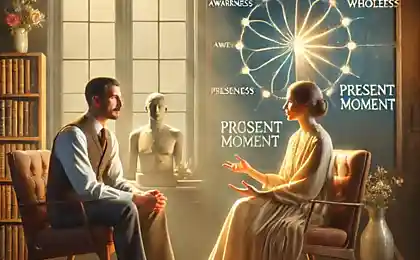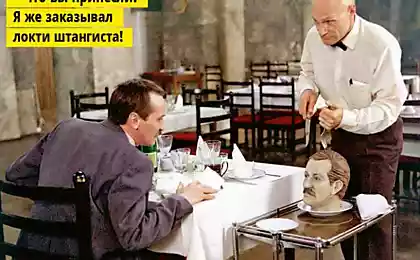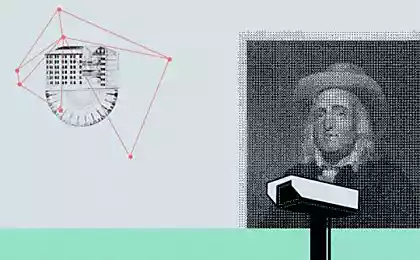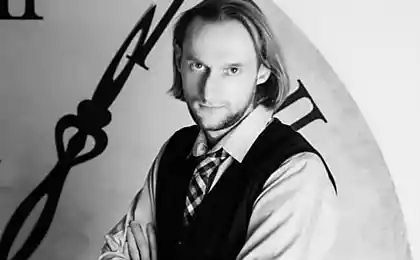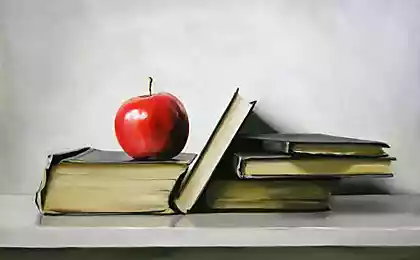479
What is the Gestalt or why the waiter immediately forgets the order
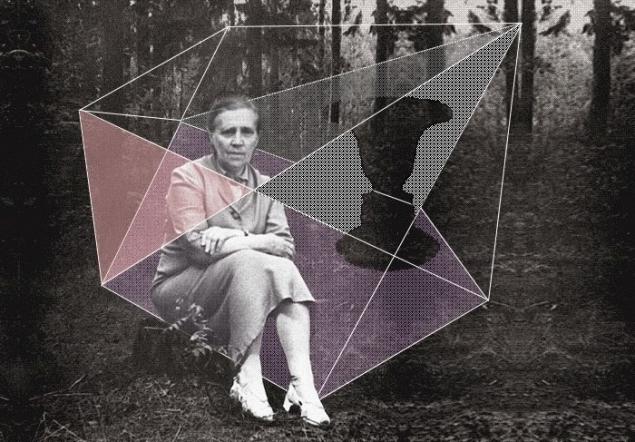
Eugene Onegin
What is the secret paintings of Renoir and why we understand the word, even if it reversed almost all the letters.
"You just need to close the Gestalt," the advice we get from well-wishers. But to understand what is Gestalt and to properly use this concept, you need some time apart from psychotherapy and refer to the psychology of perception.
In a literal translation from German Gestalt means "form, shape" and derived from it the word Gestaltung "design". Other more or less suitable in the sense of Russian counterparts — "integrity", "structure" and "model". The official date of birth of term is considered in 1890, when the philosopher Christian von Ehrenfels published his key work Gestaltqualitäten Über ("About the qualities of form"). He had supported the view of Immanuel Kant — that we can't perceive the physical world directly. People always interacts with the information received from the senses — modifying it in your mind. Thus, any integer for us is greater than the sum of its parts, because we put in it and your perception.
Incomplete Gestalt can cause obsessive desire to return to the situation and "beat it", This idea continued to grow during the 1910s-1930s, when psychologists started to study the perception of works of art. Scientists have found that when we look at a painting or a statue, plays a major role a holistic perception of the object, irreducible to the properties of the sum of its constituent elements. Figuratively speaking, when we look at a painting by Renoir or other Impressionists, we don't notice and don't appreciate every stroke, and see a unified whole and that General combination of colors and shapes we are impressed. Such a holistic perception and became known as "Gestalt".
In parallel, the Gestalt approach to perception grew into an independent area of psychology, thanks to max Wertheimer, a student of von Ehrenfels. In 1912 he published a paper "Experimental studies of motion perception". Scientist described as two flashes of light sparkled in two different places at different times, may be perceived as a single source of light, move from one to another place— if you choose the right distance and the time interval (an optical illusion worked at interval of about 60 milliseconds).
Thus, the observer is not perceived as two separate element, as a whole. It podtverdila the idea that the whole model is different from the simple sum of its parts. Similar experiments were conducted with music — Ernst Mach in his "Analysis of sensations" proved that the change of tonality and tempo of a melody does not prevent to identify a motive. A similar experiment — but only with the text — now widely circulated in social networks: thanks to the ability to think gestalte you can understand the sentence even if every word to change the order of the letters and leave in place only the start and end.
Nearmyer, you lgcea matee portal this fsru.Gestalt research was continued by the Danish psychologist Edgar Rubin. He shared many a human-readable image on a Figure (object) and Background. Figure — is what focuses our attention, and the background is everything else. To show that the figure and background are mutually exclusive, Rubin created the famous drawing which can be "read" or as a depiction of a vase or as two faces — looking for something to focus on. When the object are the faces, the vase becomes the background, but when the figure becomes a vase, a face immediately and fully recede into the background.
Of psychology, the term migrated to psychotherapy and is firmly settled there, giving rise to a new direction of Gestalt therapy. After all, the concept and background of the figure is preserved in the everyday life — if we imagine that the reality in which we exist is the background and the different objects or processes are of the shape. When we have certain needs, we can "pull" the figures from the background and consciously interact with them, and at the end of the interaction, the figure again disappears into the background. For example, we were hungry and looking for food, and douvas and swallowing the Burger, forget about this need and get distracted by something else.
In fact, the "figure", a Gestalt, can be any process — fascination with someone, or fight started.
The incompleteness of the process, we remember better — this phenomenon is called the "Zeigarnik effect" named after the Soviet psychologist the Zeigarnik Blooms. While still a student, she noticed that the waiters remember all backorders and will immediately forget made. Later Zeigarnik conducted a series of experiments that confirmed that outstanding tasks create a certain tension in the human memory.
This tension helps us not to forget about their needs, but in order that the person was psychologically healthy, Gestalt it is necessary to promptly bring to its logical conclusion. Incomplete Gestalt can cause obsessive desire to return to the situation and "replay" it. And the person begins to repeat the old patterns in the changed conditions — for example, provoke in a new relationship conflicts, unsettled with the same partner.
The notion has seeped in pop culture: in the animated series "transformers" a Gestalt robot's name is compound, consisting of several robots of a smaller size. The name was invented by fans of the series, but then it became official — perhaps because the robot was indeed a clear illustration of the complex term.
How to speak
Wrong: "This unexpected scientific theory destroys Gestalt". That's right — "destroys presets".
That's right: "Cooking as a child wanted to be a doctor, but failed. Incomplete Gestalt forced her to send my son to the medical faculty"
Correct: "This artist plays with optical illusions and gestalte"
published
P. S. And remember, only by changing their consumption — together we change the world! ©
Source: theoryandpractice.ru
5 ways to set the right goals and to achieve the desired
5 most popular street games of the last century, which You may remember







